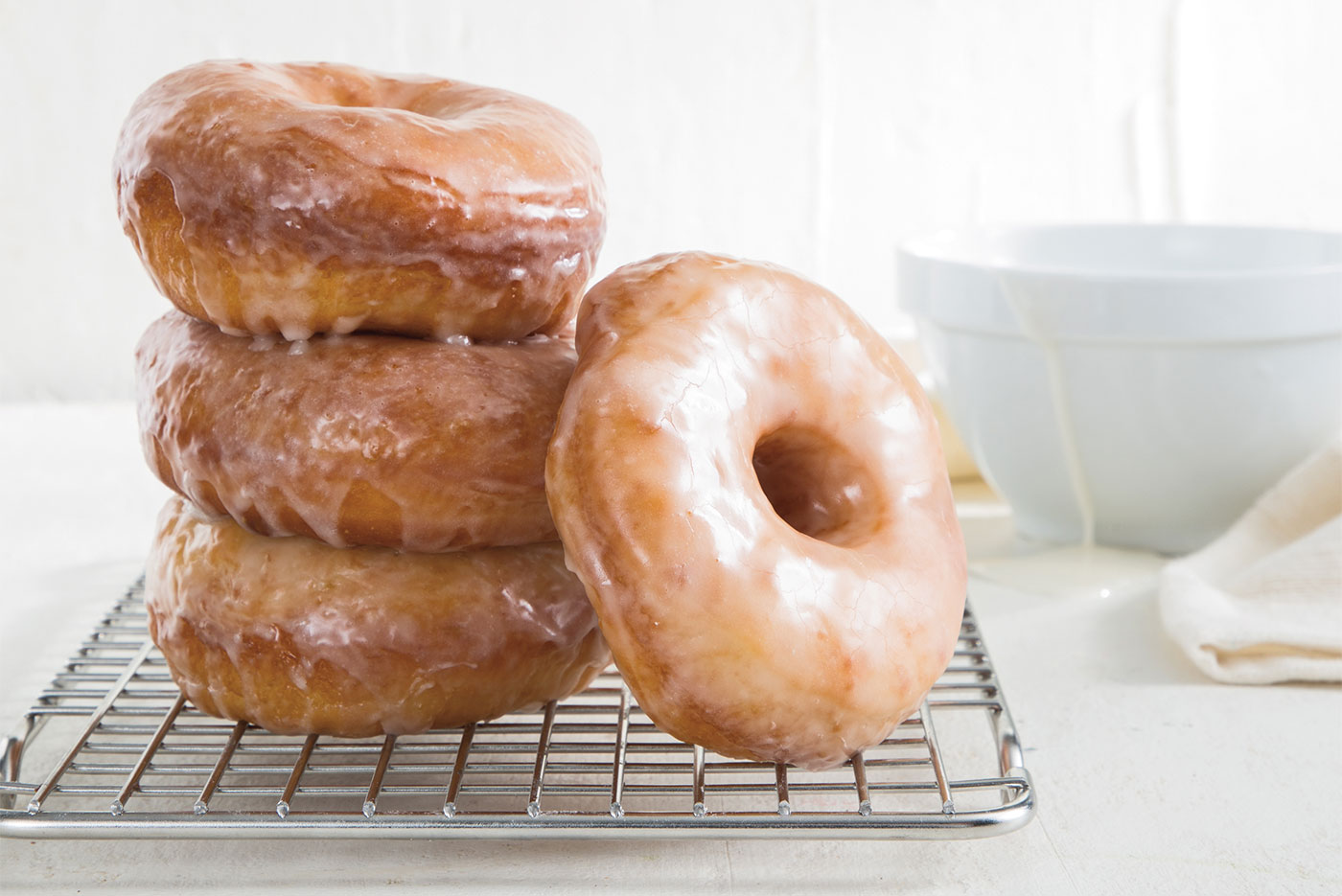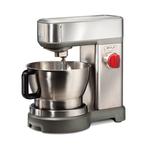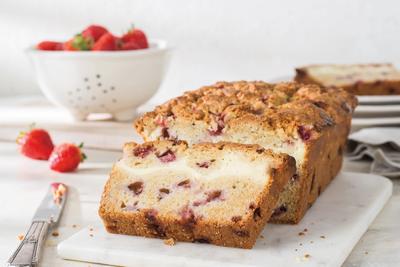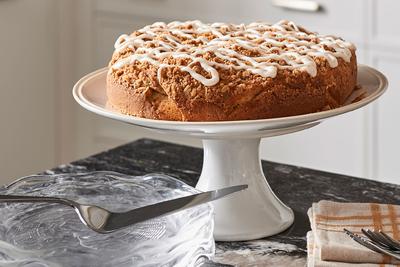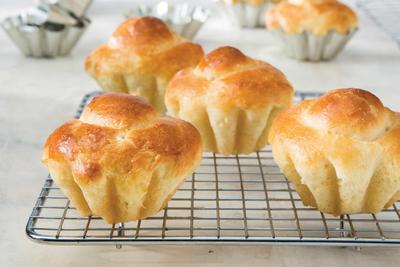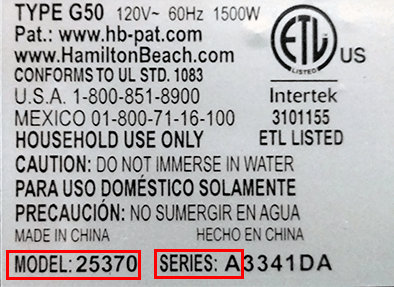Preparation Method
- Make the doughnuts: In a small bowl, sprinkle yeast over ¼ cup (60 milliliters) water and let stand until foamy, about 5 minutes. Set aside.
- In the mixing bowl of the stand mixer fitted with the flat beater attachment, beat granulated sugar and butter on medium-low (3–4) speed until creamy. Add the yeast mixture, milk, eggs, salt, and 2 cups (250 grams) flour.
- Remove the flat beater attachment and insert the dough hook. Reduce the speed to low (1–2) and beat in remaining 4 cups (500 grams) flour, ½ cup (63 grams) at a time, until the dough no longer sticks to the bowl, 2–4 minutes. Increase the speed to medium-low (3–4) and knead until the dough is smooth and elastic, about 5 minutes, adding additional flour if necessary.
- Grease a large bowl and add the dough, turning to coat. Cover the bowl with plastic wrap and let the dough rise in a warm, draft-free place to rise until doubled in size, 45–60 minutes. The dough is ready if an indentation remains when touched.
- Turn the dough out onto a floured surface, and gently roll out to ½-inch (1-centimeter) thickness. Cut with a floured 3½-inch (9-centimeter) doughnut cutter, rerolling the scraps. Cover the doughnuts loosely with a tea towel. Let the dough rise again until doubled in size, about 2 hours.
- Make the glaze: In a large bowl, whisk confectioners’ sugar, milk, corn syrup, and vanilla extract until smooth.
- Heat oil in a deep fryer to 375°F (190°C). Slide doughnuts into the preheated oil two at a time. Fry each doughnut about 1 minute per side. Remove from the hot oil and drain on paper towel-lined wire racks.
- While still warm, dip the doughnuts into the glaze and set onto the wire racks to drain excess. Keep a cookie sheet or tray under the racks for easy cleanup. Repeat dipping to double-glaze the doughnuts.
Variation: Amaretto Glazed Doughnuts
Follow steps 1–5. In step 6, add 2 tablespoons (30 milliliters) amaretto to the glaze mixture. Continue with the remaining steps.
Pro Tip
To check if your dough has risen adequately, use the tip of your finger to make an indentation in the dough. If the indentation bounces back halfway, it has proofed correctly.


